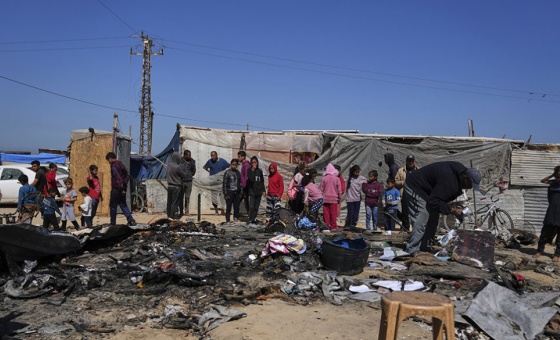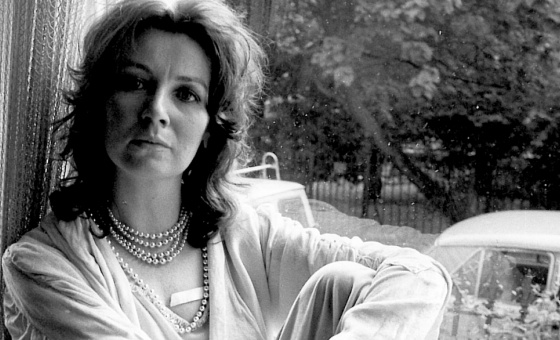This is the last article you can read this month
You can read more article this month
You can read more articles this month
Sorry your limit is up for this month
Reset on:
Please help support the Morning Star by subscribing here
The Brutalist (18)
Directed by Brady Corbet
ALTHOUGH it isn’t made clear, the film’s title refers to the architectural style of the brutalist movement which emerged in the 1950s but can equally allude to the post-war immigrant experience in the US as they pursued the American Dream.
You may think it aptly describes the film’s brutal length at just over three-and-a half-hours with a 15-minute intermission built in. Surprisingly it does not feel as long as it is.
Directed by Brady Corbet who co-wrote it with Mona Fastvold, the drama follows fictitious Hungarian Jewish architect Laszlo Toth (Adrien Brody), a Holocaust survivor who escapes Europe in 1947 and emigrates to the US to start a new life. He is waiting to be joined by his wife Erzsebet (Felicity Jones) who is trapped in eastern Europe with his niece Zsofia (Raffey Cassidy).
Though completely made up, this role is in part inspired by Hungarian architect Marcel Breuer who designed many Brutalist monuments such as St John’s Abbey in Minnesota and the Met Breuer in New York City. Laszlo’s experiences in the US reflect those of key artists of the Brutalist movement.
Brody delivers a powerhouse performance and his career best since his Oscar-winning role in The Pianist, while Jones is a total revelation, although she only appears in the second half of the film. Both had to learn to speak Hungarian.
The film explores how the American Dream becomes toxic for Laszlo after he meets and accepts the patronage of the wealthy industrialist Harrison Lee Van Buren (a magnificent Guy Pierce) who hires him to build a memorial to Van Buren’s late mother on the oligarch’s sprawling Pennsylvania property. Van Buren becomes Laszlo’s saviour and tormentor, turning brutally violent at one point, over the course of a story that spans several decades.
This epic drama also examines the idea of possession and collectors wanting to own not just the art but the artist.
It was shot in VistaVision, Alfred Hitchcock’s preferred medium, and I had the privilege of seeing it in 70mm — it looked absolutely stunning and more expensive than the $10 million it cost to make.
Sadly most cinemagoers won’t be able to see it in the grand format that the director envisaged.
In cinemas January 24.







